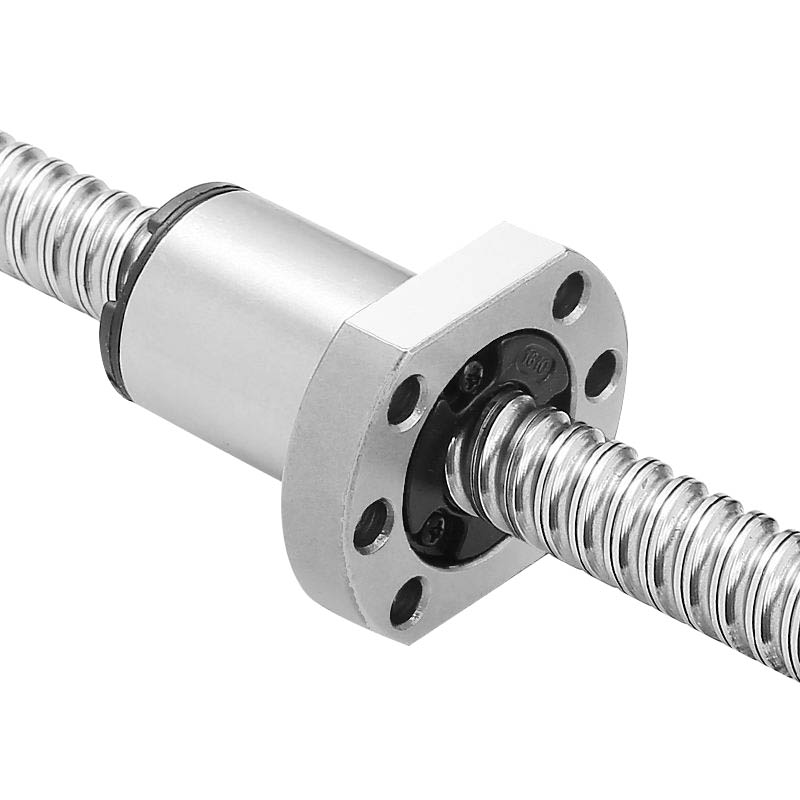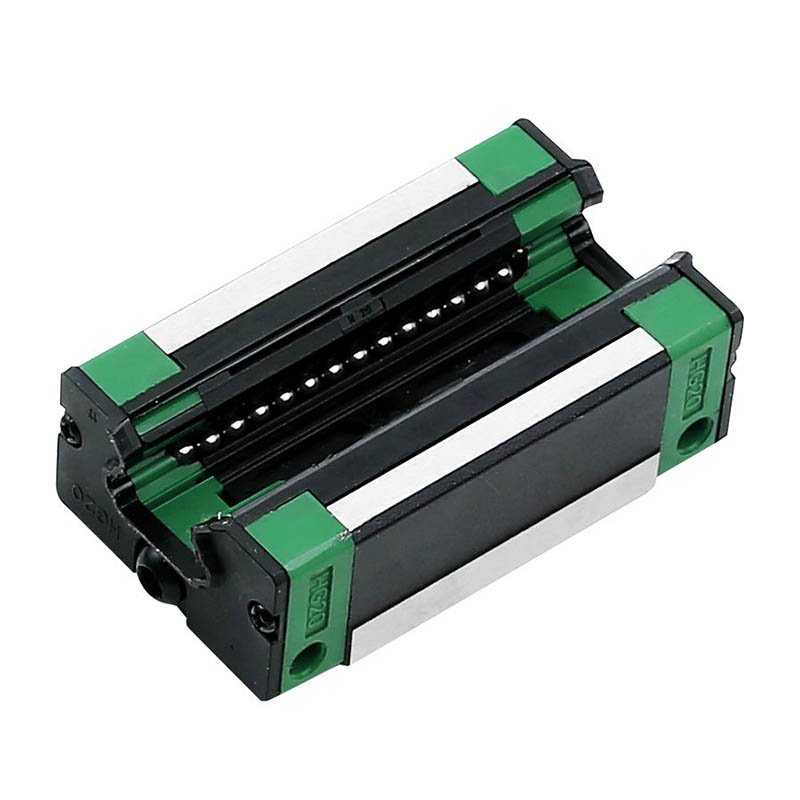In the realm of mechanical engineering, the integration of advanced components is paramount to achieving precision and efficiency. Two critical elements in this pursuit are Ball Screws and Linear Guide Rails, which play integral roles in translating rotary motion into linear motion and ensuring smooth and accurate movement in various applications.
Ball Screws are a cornerstone in modern machinery, facilitating linear motion by converting rotational motion. Comprising a threaded shaft and a ball nut, this mechanism utilizes ball bearings to friction and enhance efficiency. The design enables higher precision and smoother movement compared to traditional lead screws, making Ball Screws essential in applications where accuracy is crucial.
The advantages of Ball Screws extend across diverse industries, from manufacturing and aerospace to robotics. Their ability to handle heavy loads with small backlash makes them a preferred choice in scenarios requiring precision, such as CNC machines and industrial automation. The incorporation of Ball Screws contributes to enhanced reliability and longevity in mechanical systems.
Complementing the functionality of Ball Screws, Linear Guide Rails provide crucial guidance for linear motion. These rails consist of a track and carriage system, allowing smooth and controlled movement along a specified path. Linear Guide Rails find applications in a spectrum of industries, ranging from automotive assembly lines to medical equipment, where precise linear motion is imperative.
The versatility of Linear Guide Rails lies in their capacity to facilitate smooth and stable movement across varying loads and speeds. This makes them indispensable in scenarios demanding accuracy, such as in the operation of cutting-edge medical devices or the assembly of intricate electronic components.
Applications in Mechanical Systems:
The synergy between Ball Screws and Linear Guide Rails is evident in their joint applications within mechanical systems. In CNC machining, the precise movement afforded by Ball Screws, guided by Linear Guide Rails, ensures intricate and accurate part production. Similarly, in robotics, the combination contributes to fluid and controlled robotic arm movements, essential for tasks requiring high precision.
Advancements and Innovations:
The continuous evolution of Ball Screws and Linear Guide Rails involves ongoing innovations aimed at improving their performance and applicability. Engineers explore materials, coatings, and geometries to enhance efficiency, reduce friction, and extend the lifespan of these components. The integration of smart technologies, such as sensors and monitoring systems, further contributes to predictive maintenance and increased reliability in mechanical systems.
Challenges and Considerations:
While Ball Screws and Linear Guide Rails offer numerous advantages, it is essential to address challenges such as potential contamination and wear. Regular maintenance and adherence to manufacturer specifications mitigate these issues, ensuring consistent performance over time. The consideration of environmental factors and proper lubrication practices are crucial components of extending the longevity of these precision components.
In conclusion, the seamless collaboration between Ball Screws and Linear Guide Rails marks a significant stride in advancing precision within mechanical systems. Their applications span a multitude of industries, from manufacturing to robotics, where accuracy and reliability are paramount. As ongoing innovations continue to shape these components, the landscape of mechanical engineering evolves, paving the way for even greater precision in diverse applications.








 English
English 中文简体
中文简体 русский
русский Español
Español

